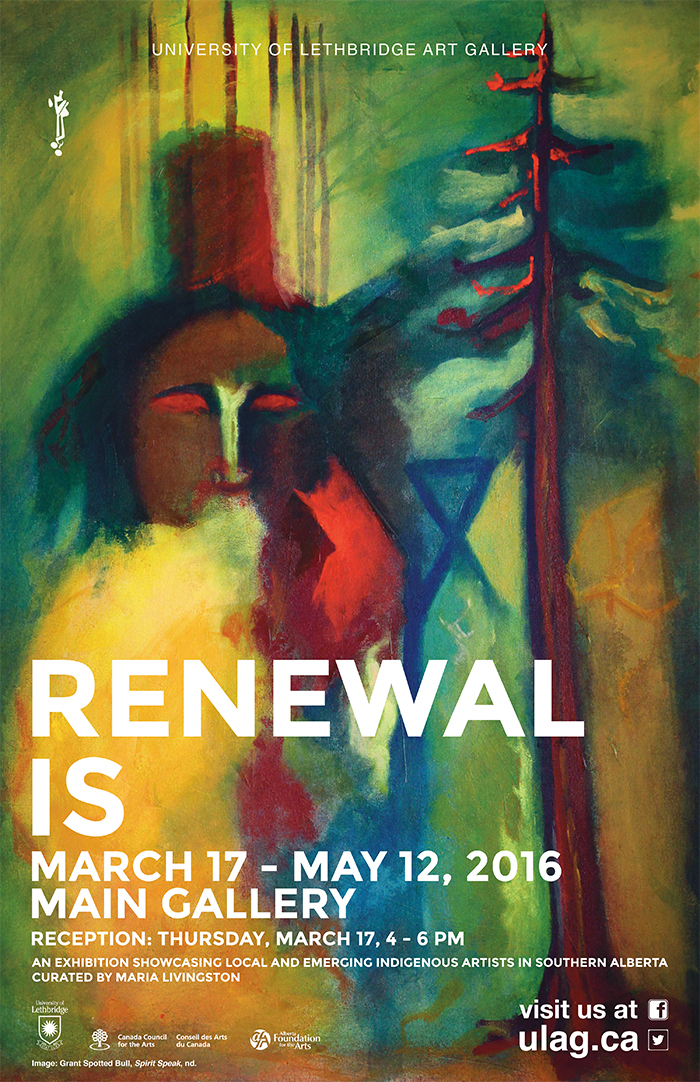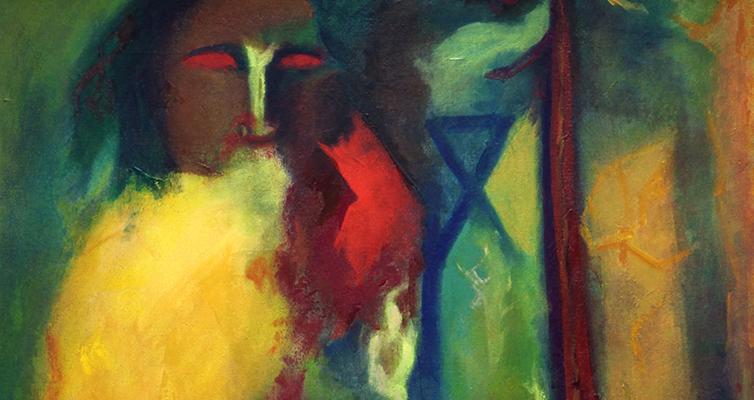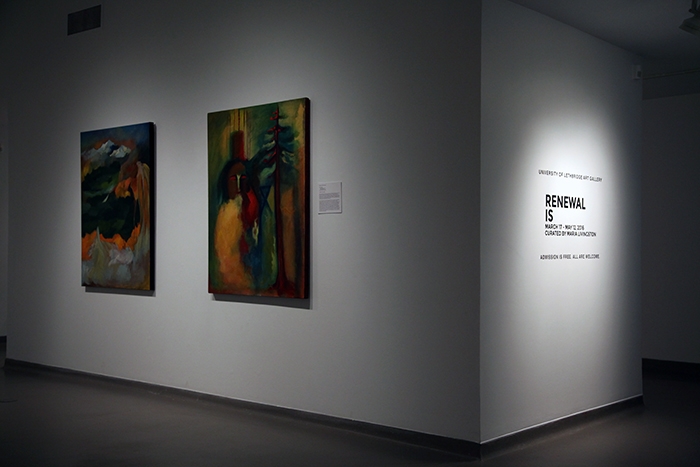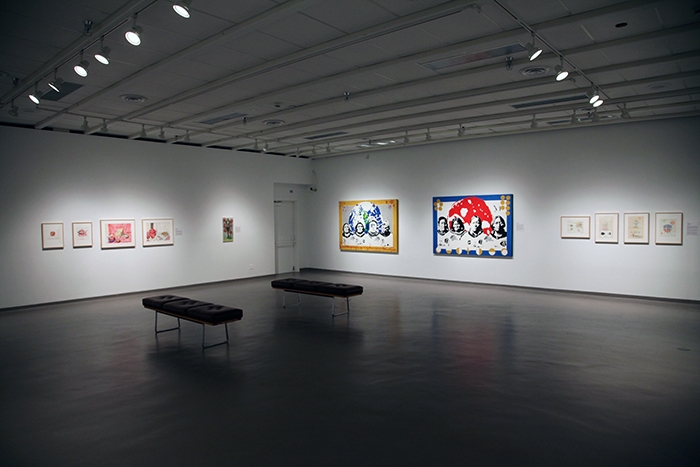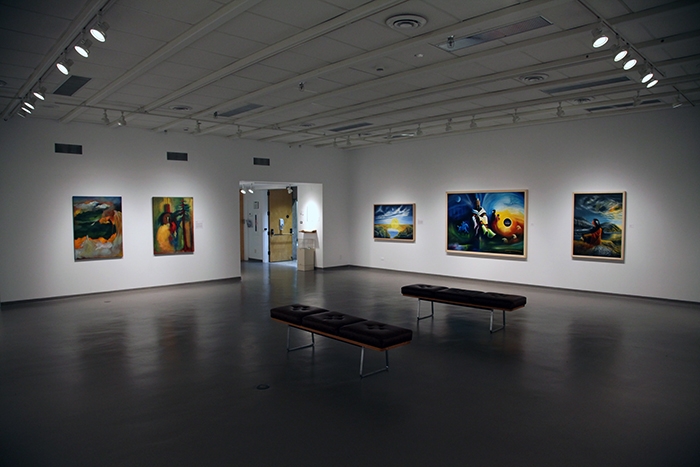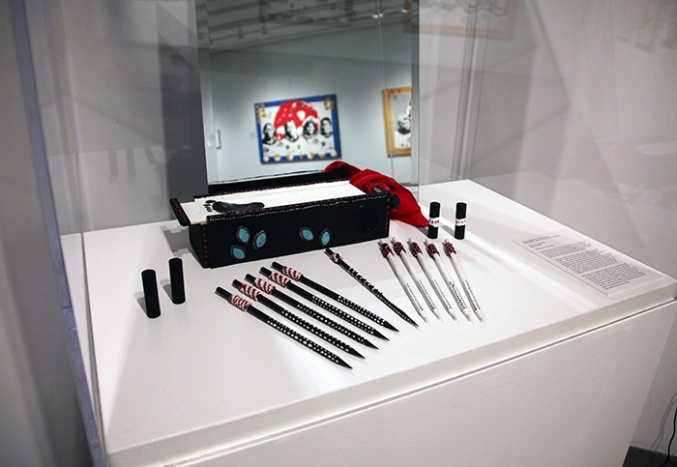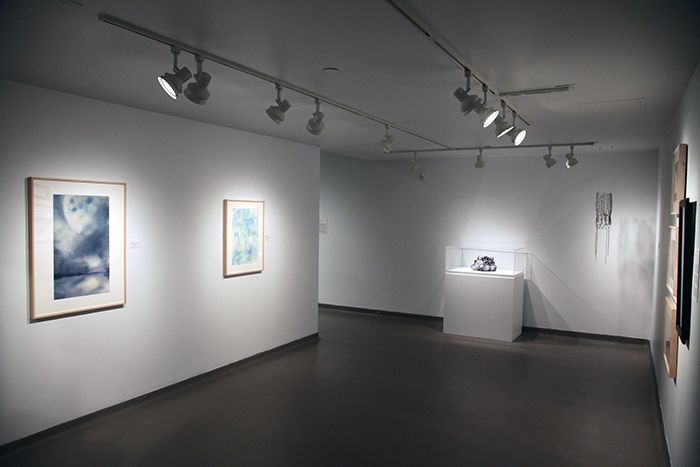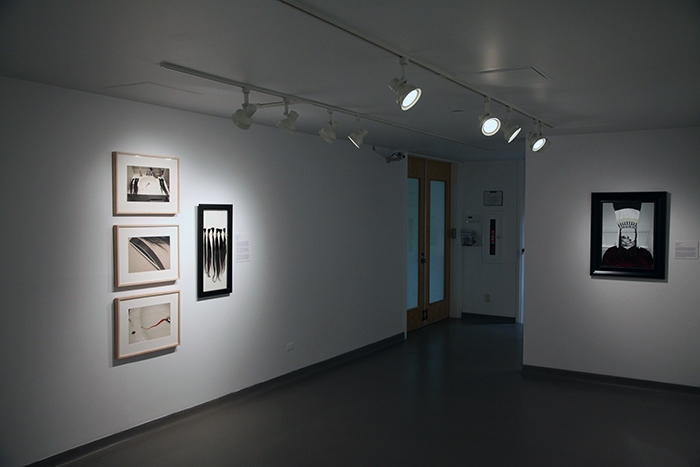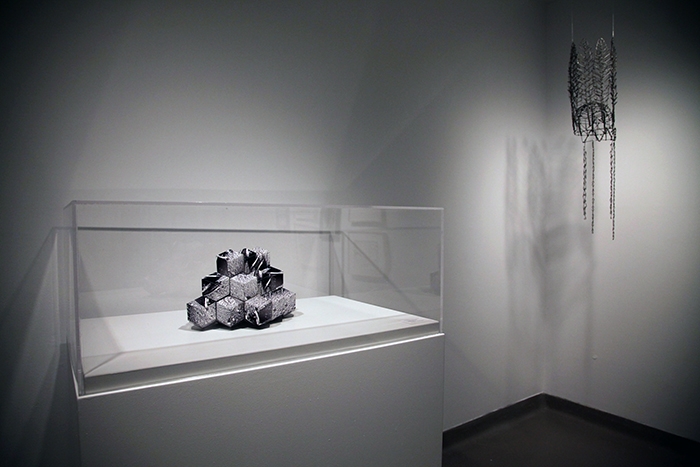Renewal is
March 17 – May 12, 2016
Main Gallery | Centre for the Arts | W600
Curated by Maria Livingston
An exhibition showcasing local and emerging Indigenous artists in Southern Alberta. Renewal is the birth of new life; the change of seasons; a cultural (re)awakening; (re) connection to the land, life and a set of relationships. Renewal is one of many essential components of the complex web of Indigenous Knowledge. Stories, songs and ceremonies are transferred through generations and it is only through continued practice that they are renewed and continue to survive. Renewal is necessary to the continuance of Indigenous knowledge. It is ancestral knowledge of the natural world that is carried on to continue inspiring future generations. This active sense of presence of Indigenous culture proclaims the resiliency and constant renewal and survival of Indigenous culture. This exhibition showcases the expression of Indigenous culture through renewal of Indigenous knowledge.
Curatorial Statement
Renewal is defined as the state of being made new, refreshed, or strong again. For Indigenous cultures, renewal can also include the change of seasons, the cycle of life, and a renewed connection to land, community and self. Renewal is one of the many essential components to the complex web of Indigenous knowledge and an expression of cultural pride. Renewal is evident in the abundance of stories, songs and ceremonies that continue to thrive through the transfer of this knowledge across generations. Overcoming attempted suppression, Indigenous knowledge continues to be resilient and survive through time. The artists in this exhibition, showcasing local Indigenous artists in Southern Alberta, share in the celebration of this renewal.
There are many themes that can be chosen to encompass Indigenous arts and artists that speak to the truth and harsh conditions that are the reality for First Nations people across the country. The lasting impacts of colonization are still evident today. Many First Nations communities underwent confusion by displacement, residential schools, politics and so much more. Ask an Indigenous elder and they will not only tell you these stories, but they will also share the importance of resiliency amongst their communities. The ability to overcome these tragedies is what makes First Nations people strong. I chose to focus this exhibition on the journey to becoming renewed; how we can visualize being and becoming resilient. Indigenous art reveals how renewed and strong First Nations people have grown overcoming many difficult hardships.
Anishanaabe author Gerald Vizenor describes survivance as an active sense of presence over absence, deracination, and oblivion; survivance is the continuance of stories, not a mere reaction, however pertinent. Survivance is greater than the right to a survivable name. Survivance stories are renunciations of dominance, detractions, obtrusions, the unbearable sentiments of tragedy, and the legacy of victimry.
Vizenor describes the active survival of Indigenous cultures through self-determination. It is a way of overcoming historical wrongs through actively practicing Indigenous cultural ways; not merely by words, but also through actions. Indigenous people are removing the negative stigmas embedded in history and moving forward to a path of healing. Survivance is specific yet open to individual interpretation. Similarly, renewal is about healing and overcoming, expressing culture through tangible means that can be interpreted individually. The complex web of Indigenous knowledge interconnects with so many other concepts that it cannot be simply defined. This exhibition showcases the works of nine Indigenous artists and their visual representations of renewal.¹
– Maria Livingston, Guest Curator
¹ Gerald Vizenor, Survivance: Narratives of Native Presence, 2008
About the Curator
Maria Livingston is a member of the Bigstone Cree Nation. She received a B.A. in Native American Studies with distinction from the University of Lethbridge. Livingston is a hoop dancer and a mother, and practices various forms of Indigenous arts including fish scale art and beadwork. Currently, Livingston is a FNMI Career Facilitator within Lethbridge School District no. 51. She has worked extensively as a curatorial researcher on the Nicholas de Grandmaison Oral History Project with the U of L Art Gallery. Out of this project, she curated the exhibition Sharing Stories, Bridging Cultures (February 13 – March 27, 2015). Livingston credits her knowledge and understanding of her Cree culture as her inspiration for Renewal is. The resiliency of not only her family, but the resiliency of all Indigenous people that is transferred through generations and over time continues to foster cultural pride for future generations.
